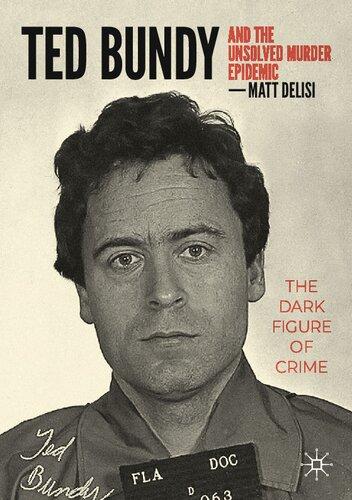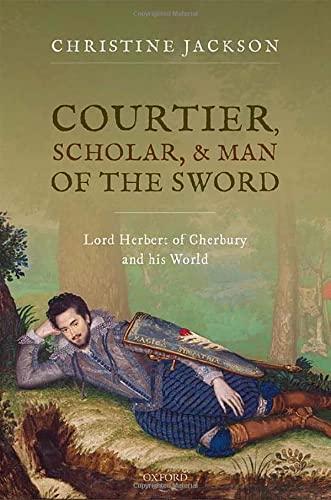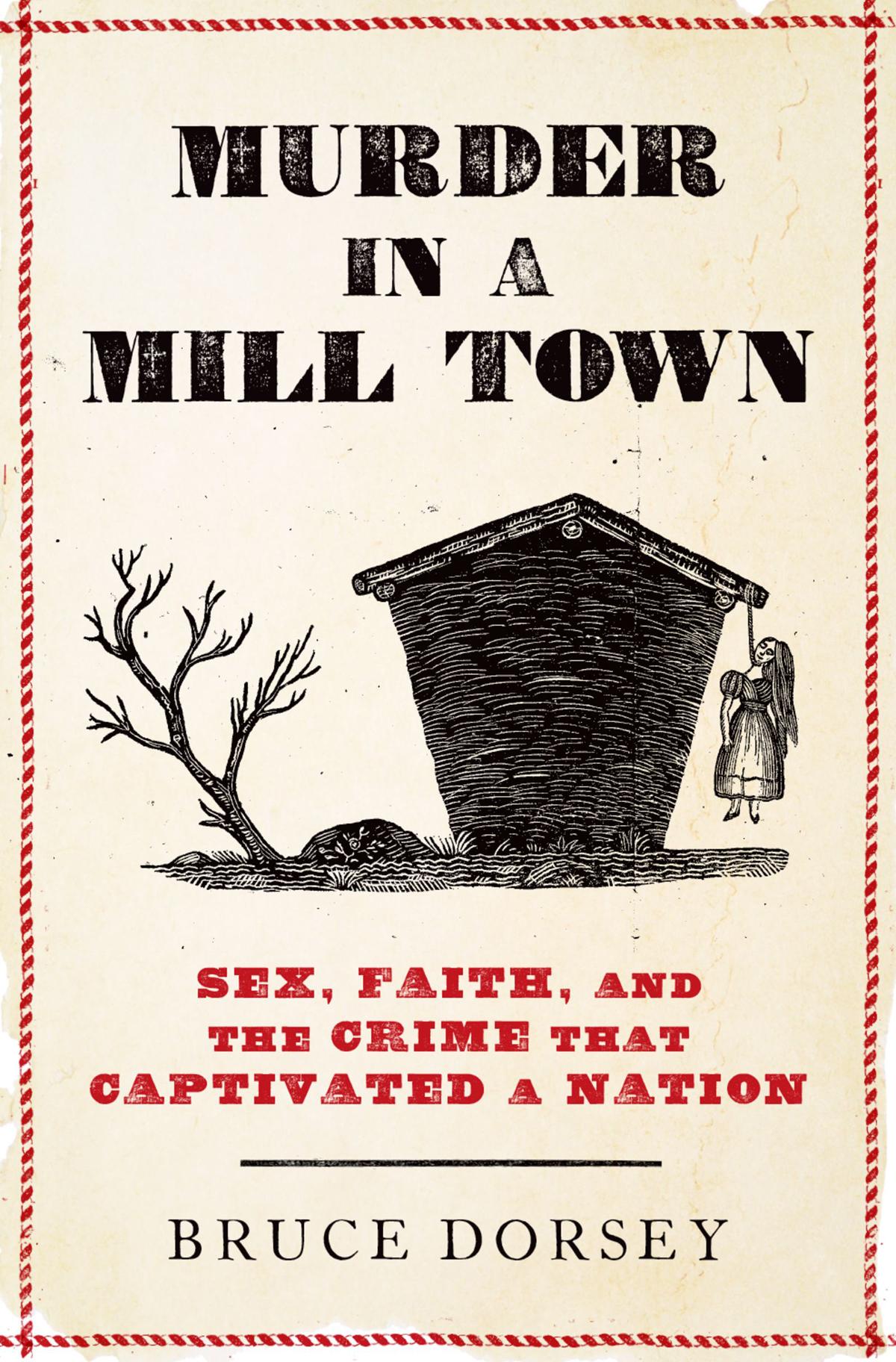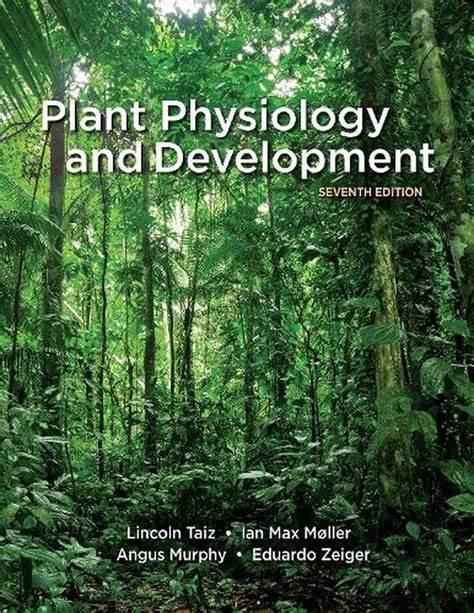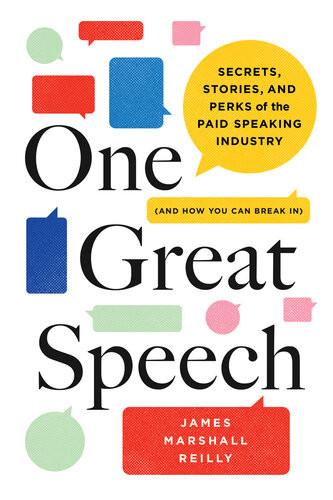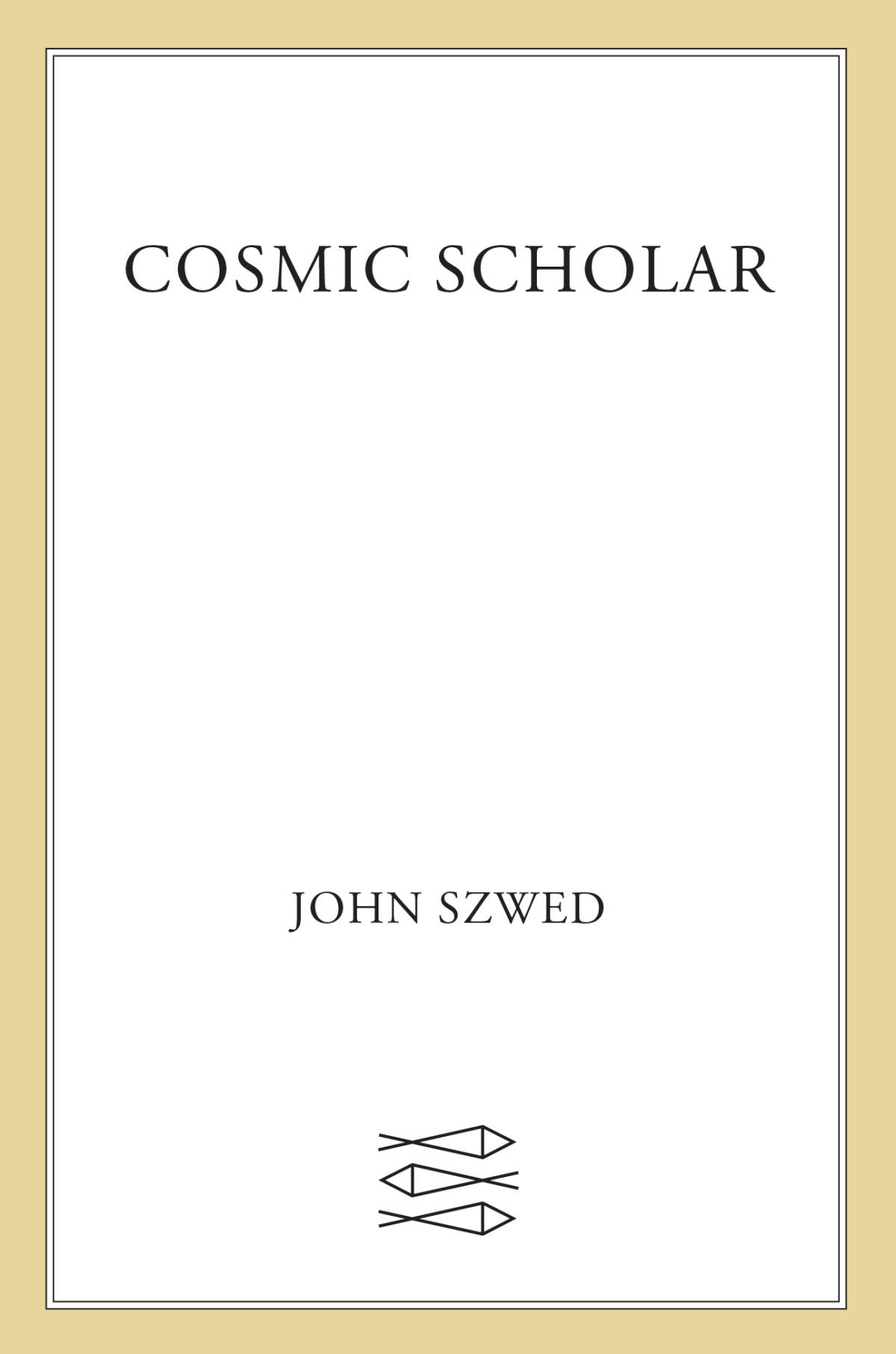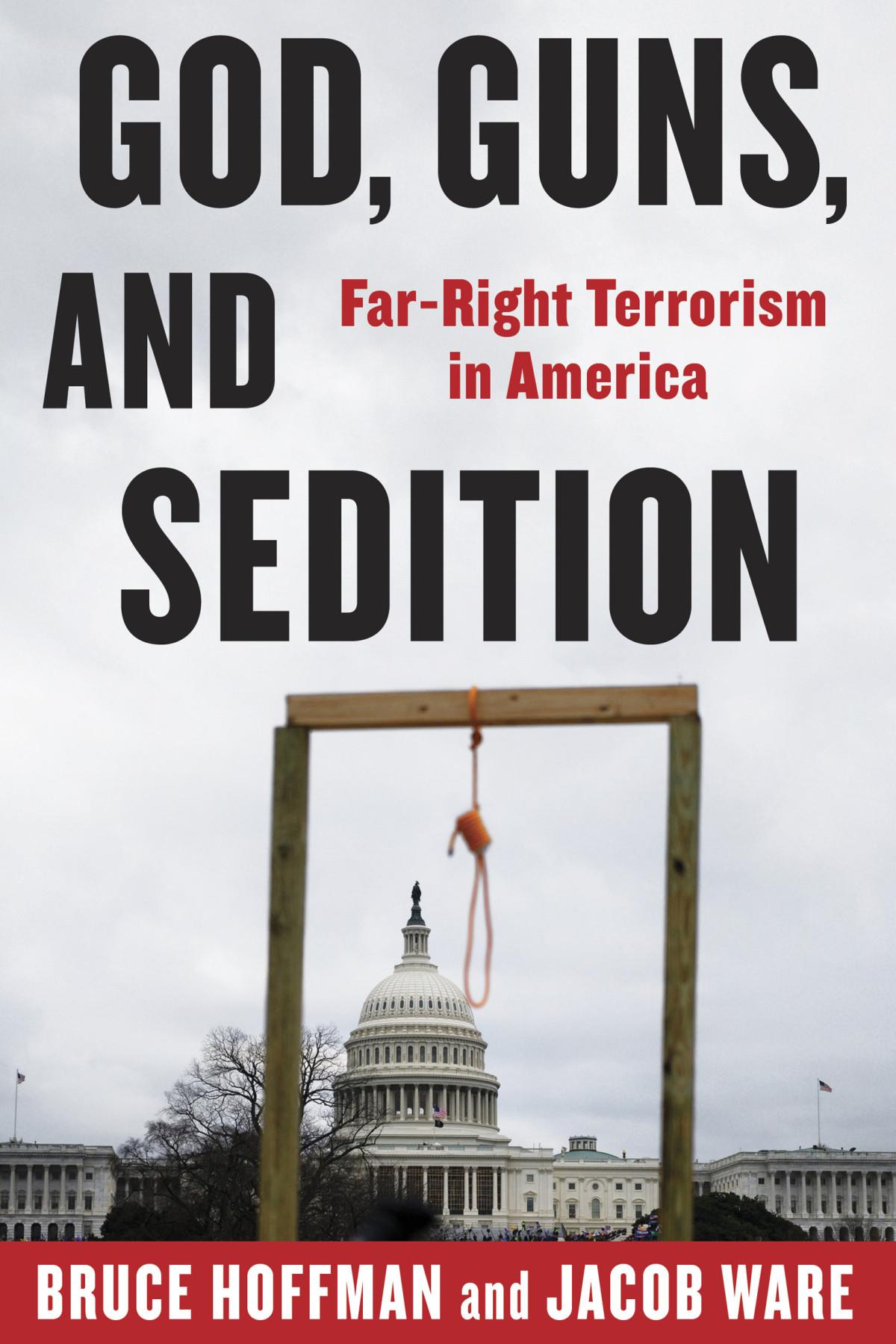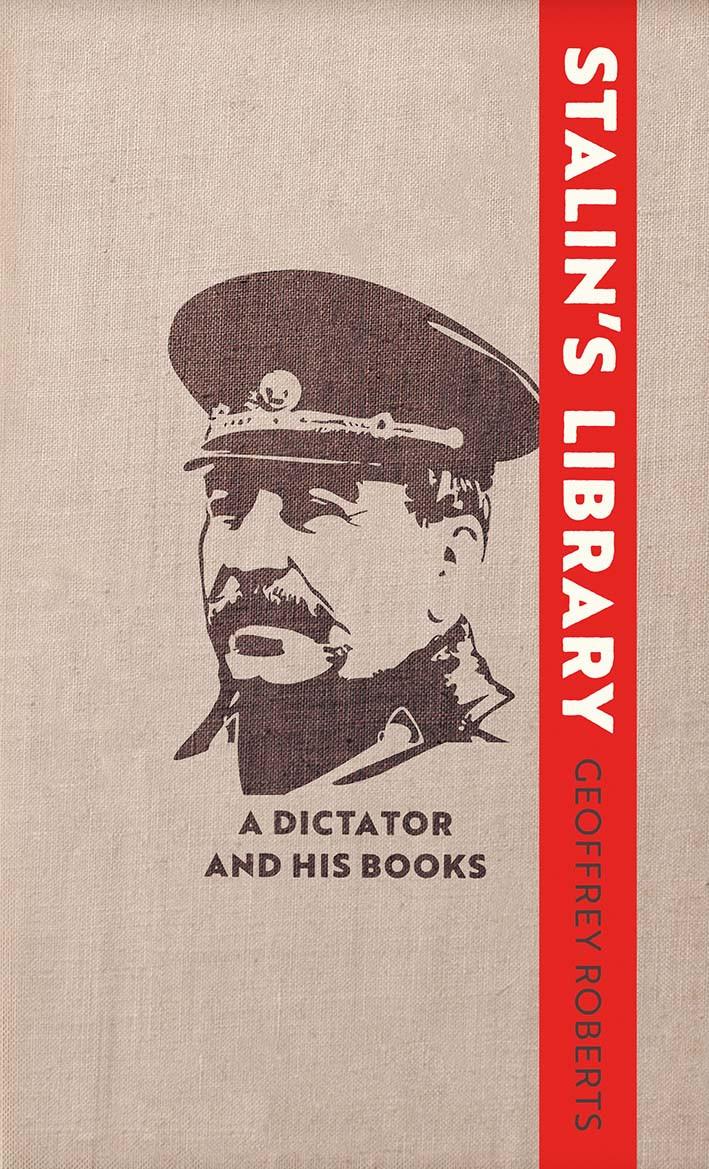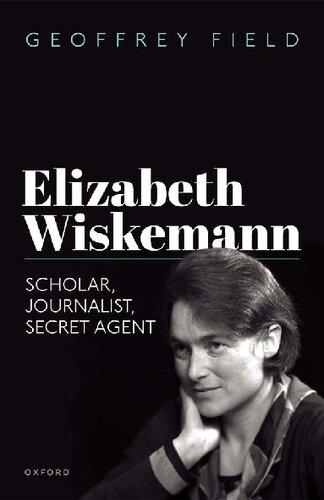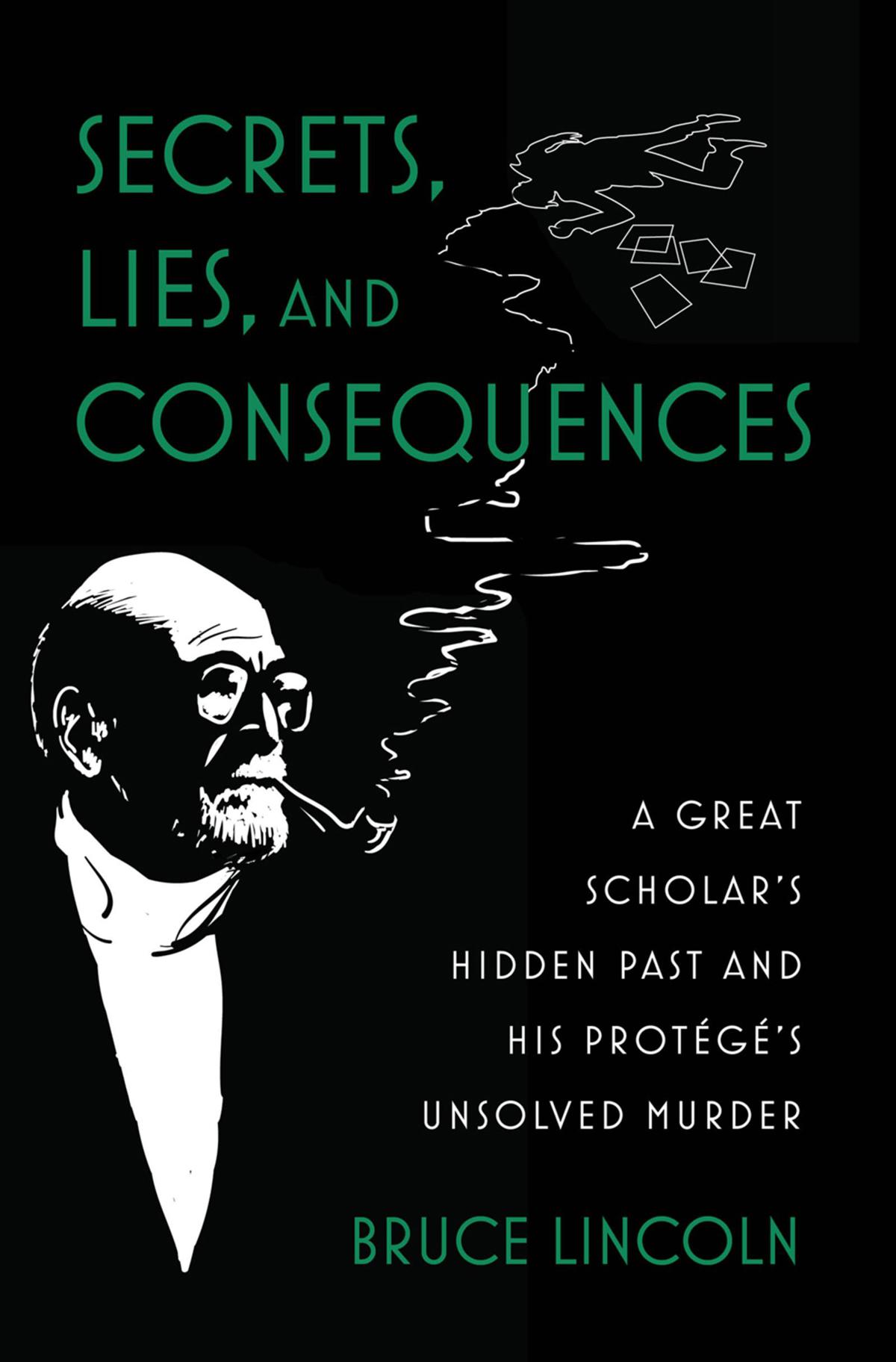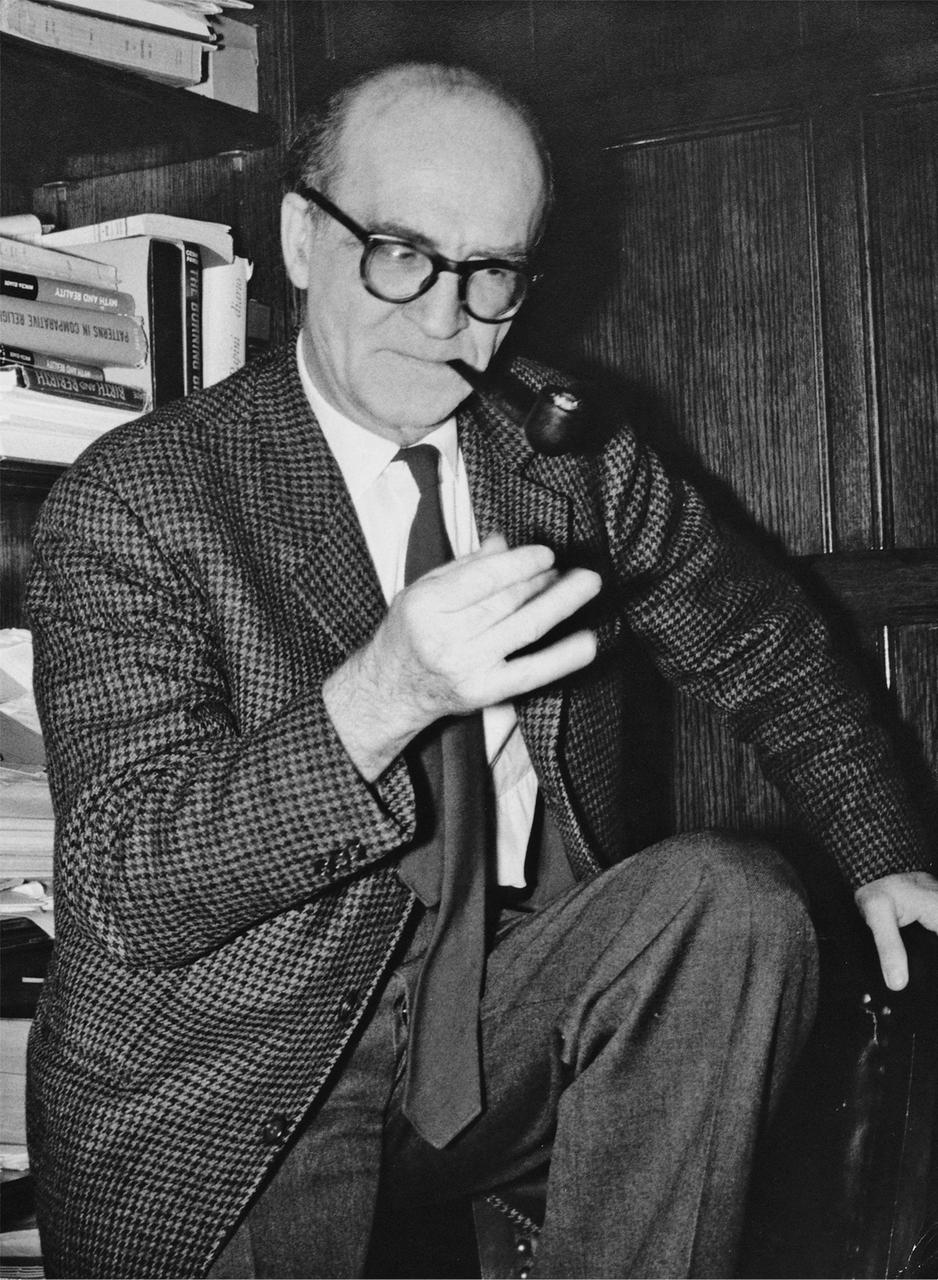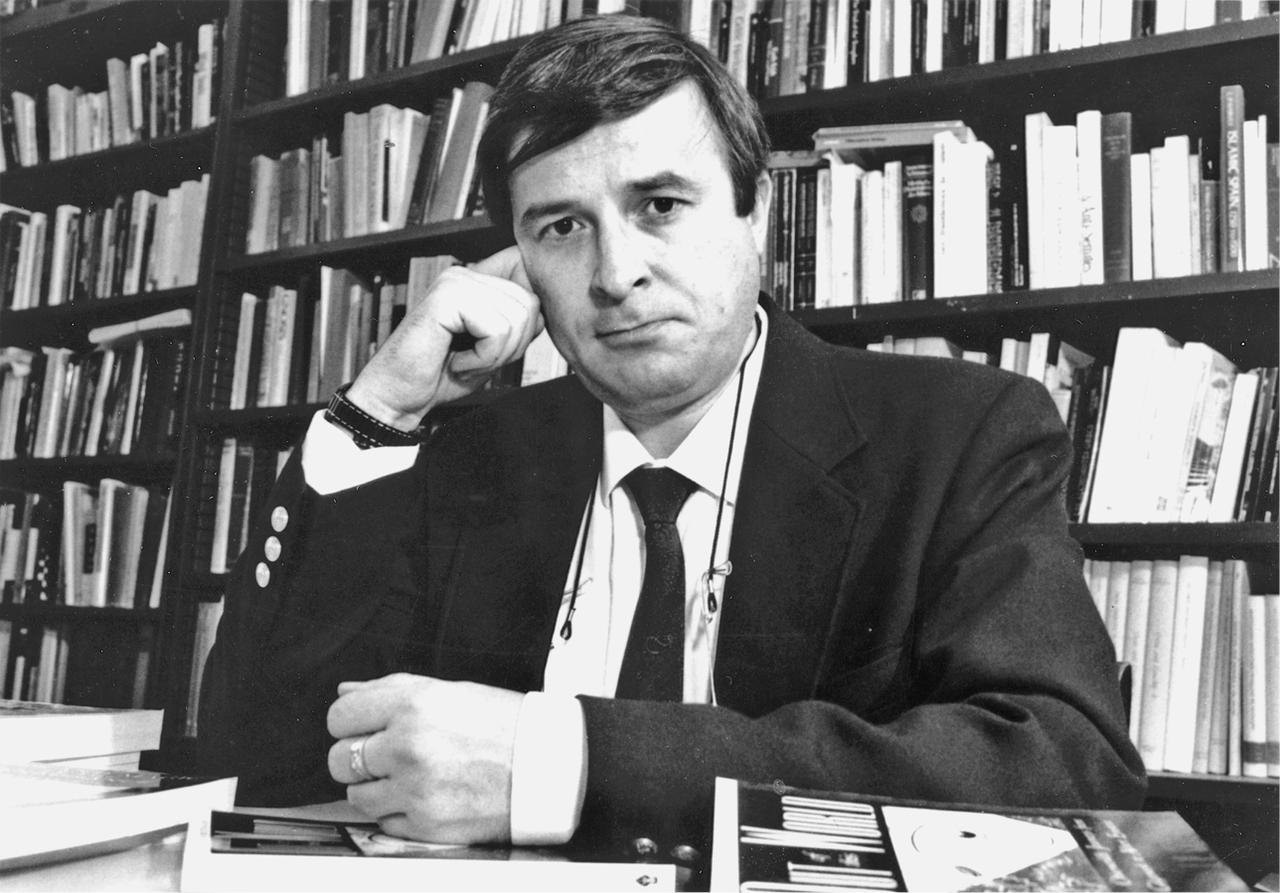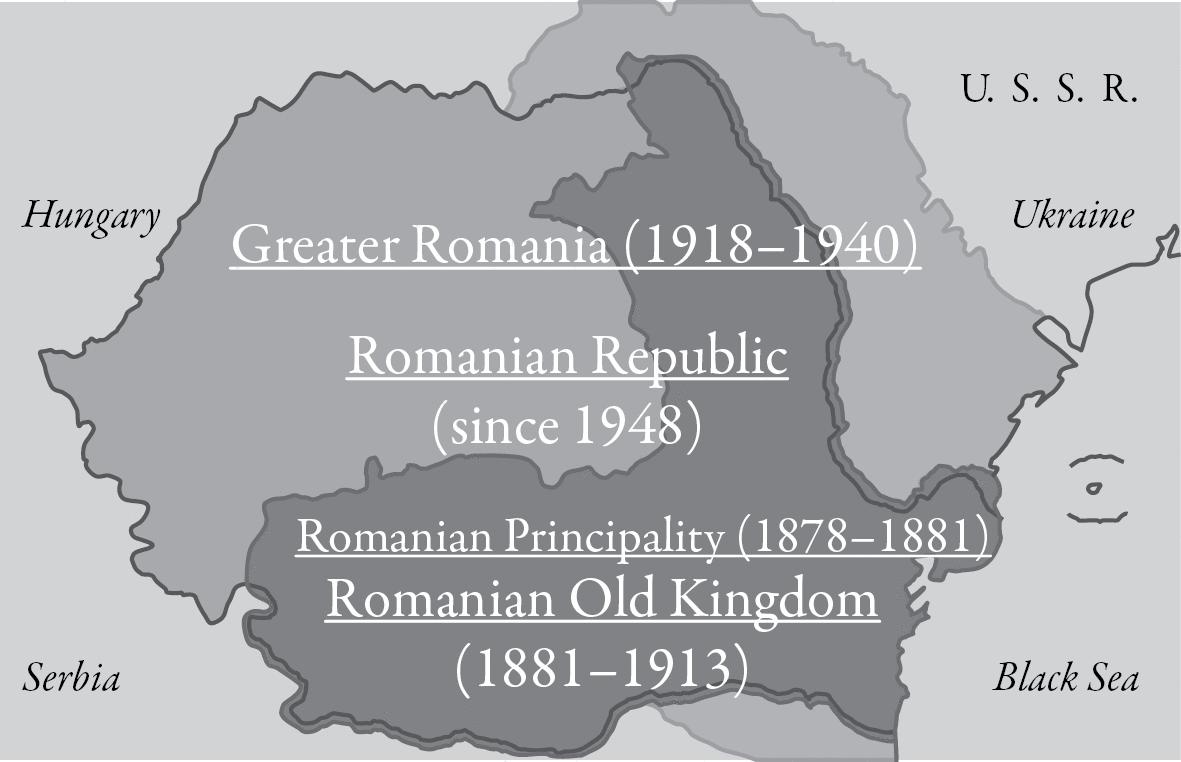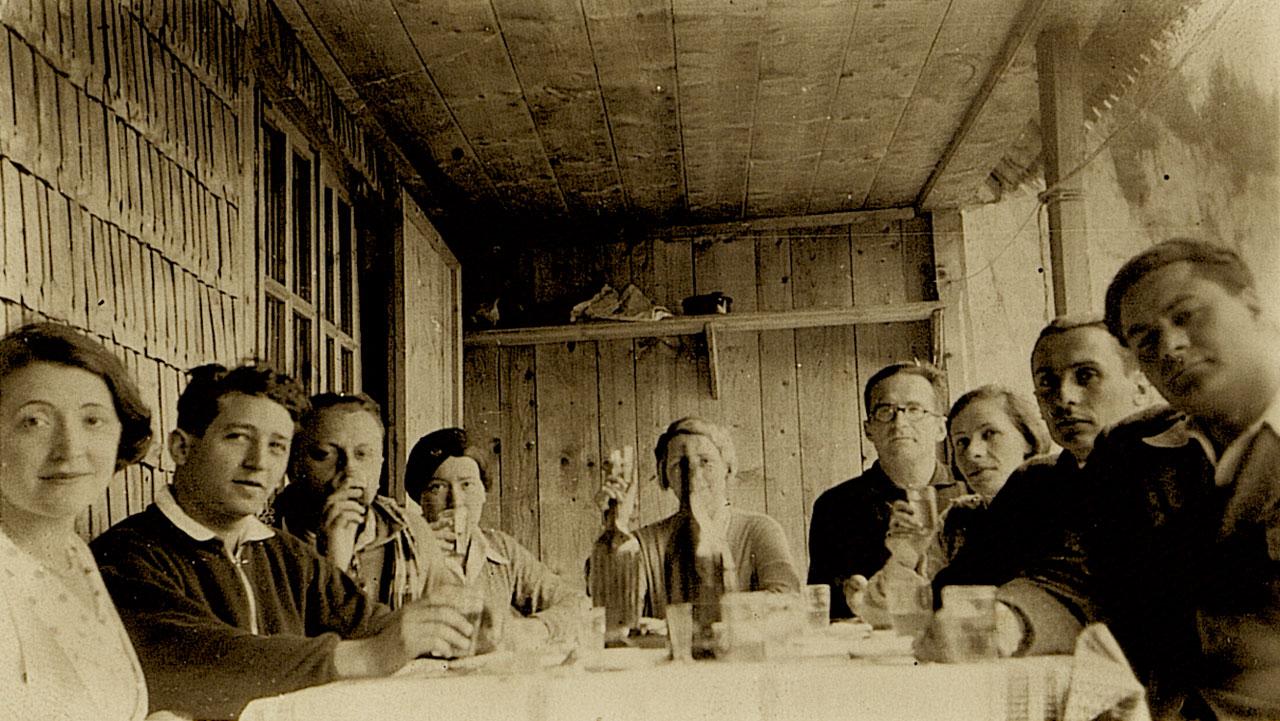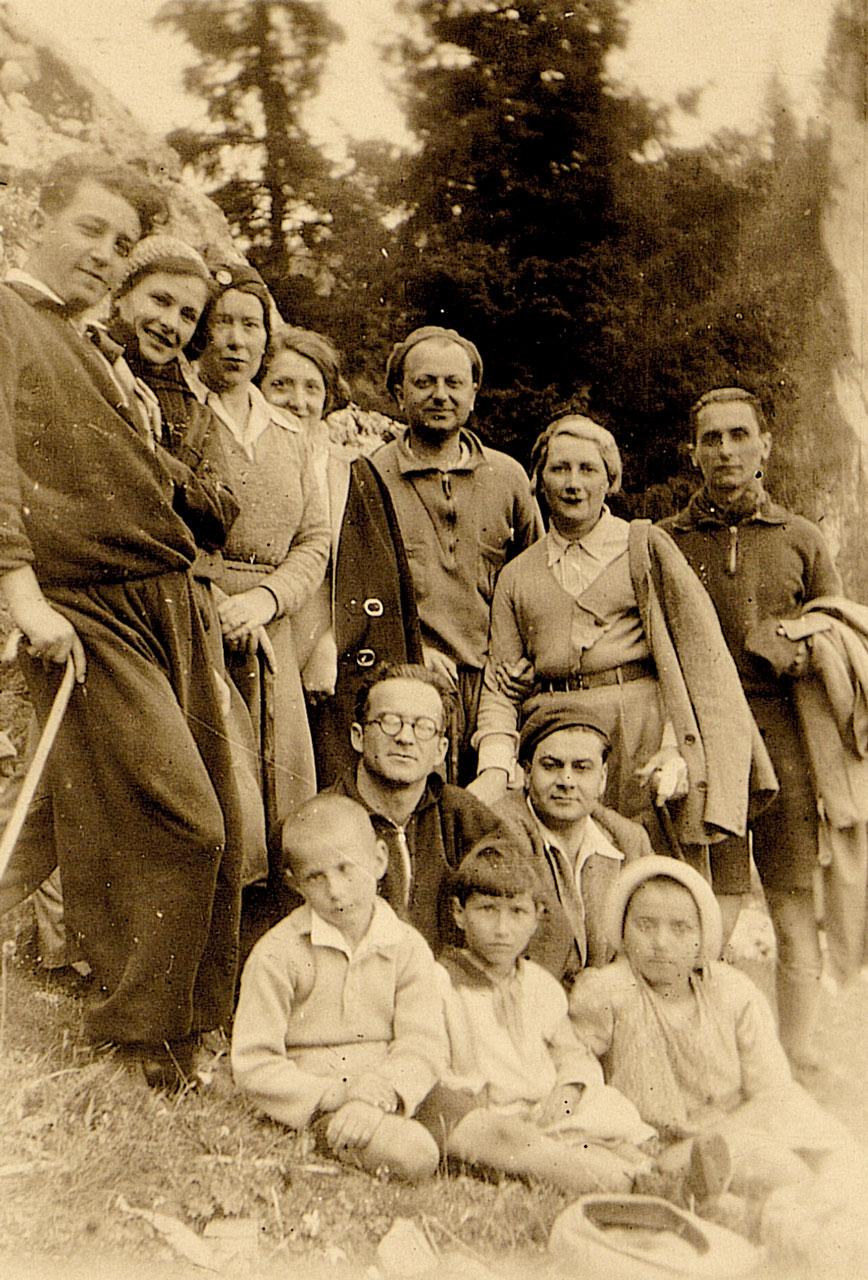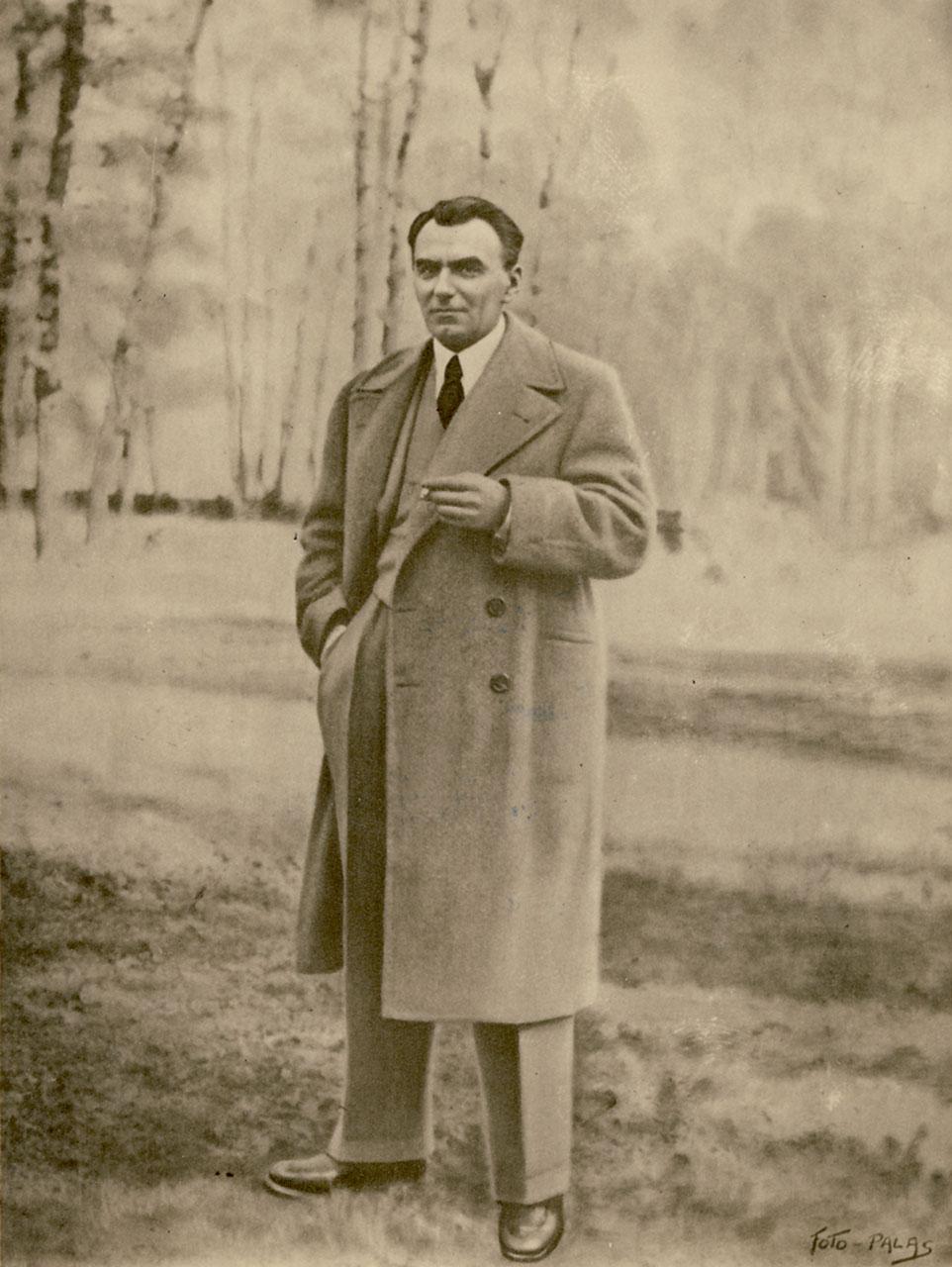SECRETS, LIES, AND CONSEQUENCES
SECRETS, LIES, AND CONSEQUENCES
A GREAT SCHOLAR’S HIDDEN PAST AND HIS PROTÉGÉ’S UNSOLVED MURDER
BRUCE LINCOLN
Oxford University Press is a department of the University of Oxford. It furthers the University’s objective of excellence in research, scholarship, and education by publishing worldwide. Oxford is a registered trademark of Oxford University Press in the UK and certain other countries.
Published in the United States of America by Oxford University Press 198 Madison Avenue, New York, NY 10016, United States of America.
© Oxford University Press 2024
All rights reserved. No part of this publication may be reproduced, stored in a retrieval system, or transmitted, in any form or by any means, without the prior permission in writing of Oxford University Press, or as expressly permitted by law, by license, or under terms agreed with the appropriate reproduction rights organization. Inquiries concerning reproduction outside the scope of the above should be sent to the Rights Department, Oxford University Press, at the address above.
You must not circulate this work in any other form and you must impose this same condition on any acquirer.
CIP data is on file at the Library of Congress
ISBN 978–0–19–768910–3 eISBN 978–0–19–768911–0 DOI: 10.1093/oso/9780197689103.001.0001
For Louise, Martha, andRebecca
That which is hidden, from the simple fact that it is dissembling, becomes a peril for the individual and the collective. A “sin” is surely serious, but if it is not confessed, it becomes terrible, as the magic forces provoked by the secret end by menacing the entire community.
MIRCEA ELIADE, “Secrets” (1935)
CONTENTS
Acknowledgments
1. A Sheaf of Papers: (1991–2017)
2. A Hidden Past: Part I (1927–1937)
3. A Hidden Past: Part II (1938–1979)
4. A Hidden Past: Part III (1972–1985)
5. An Unsolved Murder: Part I (1986–1991)
6. An Unsolved Murder: Part II (1991–)
Appendix: Continuity andChange in Culianu’s Defenses ofEliade Notes Index
ACKNOWLEDGMENTS
At various points in the course of my research, I was fortunate to have been able to speak or exchange emails with a number of people who knew Mircea Eliade and Ioan Culianu personally or have done serious research on them. I would like to express my gratitude to Sorin Alexandrescu, Sorin Antohi (whose generosity was enormous and whose help invaluable), Ted Anton, Alexander Arguelles, Stefan Arvidsson, Cristina Bejan, Liviu Bordaş, T. David Brent, Raul Cârstocea, Alin Constantin, Wendy Doniger, Jaš Elsner, Chris Gamwell, Clark Gilpin, Carlo Ginzburg, Cristiano Grottanelli, Eric Heath, Moshe Idel, Mark Krupnick, Marcello de Martino, Russell McCutcheon, Daniel McNally, Jason Merchant, Bernard McGinn, Frank Reynolds, Mac Linscott Ricketts, Martin Riesebrodt, Gianpaolo Romanato, Roberto Scagno, Greg Spinner, Ivan Strenski, Dorin Tudoran, Florin Ţurcanu, Steve Wasserstrom, Anthony Yu, and Kenneth Zysk. Unless cited directly by name, they hold no responsibility for the opinions expressed in the pages that follow.
A Sheaf of Papers
(1991–2017)
IN MAY 1991 IOAN CULIANU, associate professor of history of religions at the University of Chicago Divinity School, approached a colleague with a request to safeguard some papers. Less than a week later, Culianu was shot to death in the Divinity School men’s room. The papers he sought to protect would eventually come into my hands. This is their story.
THE ACT OF WRITING THIS book has been not just technically difficult, but emotionally fraught. The text that follows is the result of more than a quarter century of what might euphemistically be called incubation, but is more accurately characterized as evasion, repression, and some haunted mix of halfknowledge, anxiety, and sorrow.
The dreams I had while writing it suggest how disturbing I found—and still find—this material. In one, I saw myself with a band of ragged milicianos in the Spanish Civil War, under fire and terrified, but determined to halt fascism at any cost. In another, while gardening in my backyard I unearthed a corpse that stirred slowly and revealed itself to be barely alive. “What should I do?” I cried, in a state of panic. “How can I help?” To which the aged, filthy figure replied: “Just leave me alone. Cover me up and let me rest.”
From 1971 to 1976, it was my privilege to study under Mircea Eliade and serve as his research assistant. Eliade was the world’s foremost historian of religions at the time and remains one of the giants of the field (Figure 1.1). I cannot say enough good things about the way he treated me. Despite his accomplishments and stature, I found him remarkably approachable, modest, and unassuming. In our dealings, he was unfailingly generous, kind, supportive, and encouraging. What I said of Professor Eliade in my first book (which grew out of the dissertation he directed) remains heartfelt and true: “His insight and genius are available to all in his many books, but his warmth, enthusiasm, and friendship are a particularly treasured memory for me.”1
FIGURE 1.1 Mircea Eliade, circa 1976
Photo from the Mircea Eliade archive of Regenstein Library, Box 165, Folder 4.
There was, however, another side to the lovely man I knew. During the years I studied with him, it came to light that in his younger days he had been involved with Romanian fascism. Those revelations sparked controversy that runs hot to this day.2 For years, I sought to avoid the ugly debates that followed, telling myself (and others, when necessary): “Mr. Eliade was my second father, whom I loved and to whom I am indebted in countless ways. Like all fathers, he was not perfect. Having become aware of his failings, I cannot continue to sing his praises without reservations, but it is hardly my job to denounce him in public. Honesty requires that I acknowledge—and regret—those charges that are true, while rejecting those that are unfounded or exaggerated. Conversely, loyalty does not mean defending the indefensible. Rather than getting embroiled in polemics, my preference is simply to remember all that I found most admirable in him.”
There is also a specific incident that inclined me toward that position. When Professor Eliade agreed to supervise my dissertation, he expressed some sentiments that he recorded in his journal on other occasions. “When I take on new students,” he began,
in what was clearly a well-rehearsed speech, “I prepare myself for the day they will betray me. I have come to expect that, since it is a necessary step if they are to become creative in their own right.”3 I found this statement confusing at the time. Decades later, I still do. On the surface it is high-minded and generous, granting preemptive absolution for a yetto-be-committed offense, one that he saw as the inevitable climax of a successful initiatory process. At the same time, it was an incredibly manipulative gambit, to which I responded as was no doubt expected: “Oh no, sir! You have no need to worry. I could never be so ungrateful.” And in some sense it worked. Although my own work has changed much since my student days, advancing values and views markedly different from those of my teacher, I have always taken pains not to write anything that might be construed as betrayal.
Several things prompted me to reconsider my position. First was an article I wrote with my daughter, Martha Lincoln, a medical anthropologist whose fieldwork in Vietnam alerted her to a veritable epidemic of ghosts and haunting.4 In our paper, we sought to understand this and other “hauntological” phenomena as a set of beliefs, practices, and experiences that manifest the enduring power of the past in the present, forcefully reminding survivors of
their unfulfilled obligations to, ongoing relations with, and ultimate accountability to the dead.
Second, an observation Eliade made in one of his early works caught my attention. It suggested that— his later reticence notwithstanding—Eliade understood full well that even the most shameful and painful secrets must be disclosed. In 1935 he wrote: “That which is hidden, simply by being hidden, becomes dangerous to the individual and the collective. A ‘sin’ is surely serious, but a ‘sin’ that is unconfessed and is kept hidden becomes terrible, as the magic forces unleashed by the act of concealment in time menace the whole community.”5 Magic or not, the secrets he struggled to preserve had terrible consequences for those who became aware of them, some of whom sacrificed their careers, their scholarly integrity, perhaps even their lives.
The most immediate stimulus, however, was a serious mistake I made, one involving those papers that Ioan Culianu (Figure 1.2) had entrusted to a colleague all those years ago: papers that have bearing not only on Eliade’s past, but on Culianu’s murder.
FIGURE 1.2 Ioan Culianu, circa 1988
By permission of the Hanna Holborn Gray Special Collections Research Center, University of Chicago Library.
II
Ioan Petru Culianu was just forty-one years old when he was killed, on the afternoon of May 21, 1991. He had gained his position at the University of Chicago’s Divinity School just three years earlier and was widely seen as Eliade’s successor. The crime was shocking and remains unsolved, although multiple theories have been offered, including those that focus on disgruntled students, jealous spouses, drug
cartels, Chicago gangs, and occult covens. Most widely accepted is the theory popularized by Ted Anton: that agents of the Romanian secret service (Securitate) killed Culianu in response to critical articles he wrote for the émigré press, which threatened their postcommunist hold on power.6
Those articles drew complaints and threats, and in the week before Culianu’s murder, the threats became sufficiently serious that he entrusted the papers to our colleague Mark Krupnick, whom he asked to safeguard them. Shortly before his own death in 2003, Krupnick gave me the manuscripts and explained how he came to have them. He was not sure what to make of the papers themselves, nor did he understand why Ioan entrusted them to his care, since the two men were not particularly close. Perhaps it was a chance result of their offices’ proximity. Mark speculated that his own identity as a Jewish scholar whose research centered on Jewish fiction, testimonial, and autobiography, might also have had some relevance.
The papers, it turned out, were English translations of articles Eliade had written in the 1930s, including a good number in which he voiced his support for a movement known under two names that signaled its religious and militant nature: the Legion of the Archangel Michael and the Iron Guard.
Although these articles were key pieces of evidence in the debate about Eliade’s past, few people had actually read them. In Communist Romania, surviving copies of the right-wing dailies in which they originally appeared were consigned to the special collections of select libraries, access to which was tightly controlled. Requests to view such material triggered state suspicion, and few were foolhardy enough to take that risk.
The articles contained passages that shed light on the bitterly contested question whether—and to what extent—Eliade shared the Iron Guard’s virulent antiSemitism.
When I received these manuscripts, I was not prepared to deal with them or the serious issues they raised. I gave them a cursory reading and persuaded myself that on the crucial question they were neither damning, nor exculpatory, but sufficiently nuanced, ambiguous, and elusive to admit rival interpretations. Determined to continue my own work and avoid entanglement in the endless, acrimonious debates about Eliade, I put the papers in a manila folder and buried them in my files. There they remained until June 2017, when I retired from teaching. While cleaning out my office—a task I found inconvenient and annoying, and thus undertook hastily—I carelessly let that folder go to the dumpster, along
with many others of no great importance. Freudians will say this was hardly an accident, and I am in no position to disagree.
A few days later, realizing the enormity of what I had done, I resolved to do whatever I could to rectify it. Since the papers could not be recovered, I decided that the only responsible course of action was to learn Romanian, locate the original articles, translate and study them myself, and make the results available. As I made this vow, I could hear the voice of my Doktorvater, for Professor Eliade was always urging me to learn new languages. “You could pick up X easily,” he would say, “since it’s just like Y, which you already know, with some added vocabulary from Z.”
Finding the original Romanian articles proved easier than I expected, as they had been collected and republished in 2001, but there was much in their content that I did not initially comprehend.7 And so I continued to gather material, translating numerous related texts that helped me understand the context of these old publications: Romania’s situation between the two world wars; Eliade’s position in the intellectual, cultural, and political life of his country; the role played by Nae Ionescu, his mentor and patron, and the turbulent group that had Nae and Eliade at its center. Beyond this, I was led to other
texts that show how Culianu got drawn into the Eliade controversies, how he became aware of the legionary articles, what he made of them, and what he was planning to do with them at the time of his murder. Most of this was written in Romanian and Italian, with occasional pieces in German and French. As a result, monoglot anglophones have had to rely on the way these materials have been characterized by the few scholars writing in English who had competence in these languages—Culianu, Mac Linscott Ricketts, and Adriana Berger—each of whom interpreted the evidence in ways strongly inflected by a desire to defend or prosecute Eliade.
Wading through this material, I came to believe that my chief responsibility is to make the relevant documents more fully and readily available. It was thus my intention to include translations of the texts Culianu entrusted to Mark Krupnick as an appendix to this book and to make them easily available online. Culianu’s own efforts to publish this material had run into determined opposition from Christinel Eliade, who inherited the copyrights from her husband. My efforts were similarly checked by Sorin Alexandrescu, Eliade’s nephew and one of two literary executors to the Eliade estate, who similarly refused permission, despite the strong support of his coexecutor, David Brent, for the translations’
publication. Fortunately, copyright to all these articles will expire in 2028, at which time I plan to make my translations available in one form or another.
In the following chapters, I thus can do no more than quote from those documents and offer the inferences I have drawn from them, along with the interpretations and hypotheses I consider most likely. My own views are less important, however, than the evidence itself. Experience suggests that what I have to say will not resolve the debate about Eliade, nor identify Culianu’s killer. The material is revealing, however, and holds more than a few surprises.
A Hidden Past
Part I (1927–1937)
IThe Treaties of Trianon and Paris were signed on June 4, 1920, and October 28, 1920, respectively. Among the last steps concluding the First World War, they ceded Transylvania, Banat, Bukovina, and Bessarabia (previously Hapsburg, Romanov, and Bulgarian territories) to Romania, virtually doubling its territory (Figure 2.1). The territory was a reward for Romanians, who had contributed much and sacrificed greatly during the Great War. But it was also the result of shrewd maneuvering by Queen Marie, who persuaded the victorious powers that a strong Romania would provide a secure barrier against Bolshevism. This expansion realized longstanding ambitions for a “Greater Romania” (România Mare). But it also brought new ethnic
groups into the nation—Hungarian, German, Slavic, Turkic, Roma, and Jewish—that aroused xenophobic resentment and seriously destabilized national politics. Further, as a condition of these territorial grants, the victorious allies obliged Romania to confer full rights of citizenship on its Jews. Article VII of the country’s postwar constitution (adopted March 1923) fulfilled that commitment but was resented and resisted by a great many ethnic Romanians. Those involved in several potent right-wing parties accused the country’s political class of having surrendered to foreign pressure or, worse yet, having been corrupted by Jewish money.1
Ever since the revolutions of 1848, Romanians had been divided on whether to modernize and westernize or, alternatively, to defend and emphatically reassert key features of their distinctive national identity.2 In the postwar period, this longstanding conflict acquired new urgency, and passions became more heated.
Political debate on virtually all issues, including urbanization, industrialization, rationalism, cosmopolitanism, banking, the press, education, culture, and parliamentary democracy, consistently broke down along this same line. Over the course of
FIGURE 2.1 Territorial expansion of Romania after World War I
the 1920s, however, the ultranationalist Right increasingly saw Jewish interests, conspiracies, and corrupting power as the source of all the nation’s problems.3
It was during this period that Mircea Eliade, the son of an army officer, was schooled at the elite Spiru Haret Lycée along with a group of talented youths who would remain his friends and colleagues for many years.4 While still in lycée, he began publishing short articles, drafting novels, and keeping a journal, some entries from which register his political opinions—strong at times, but also in adolescent flux. On January 31, 1923, he wrote: “Like all the boys, I’m anti-Semitic out of intellectual conviction and I tremble that the anti-Semitic demonstrations aren’t succeeding.”5 Within a year, however, he was reading Marx, Engels, and Kautsky, while toying with leftist ideas under the influence of a close Jewish friend, Mircea Mărculescu.6 After lycée, he advanced to study at the University of Bucharest, where his copious writings included fiction, literary criticism, topical commentary, semischolarly articles, and polemic pieces. During these years, he mostly affected a stance above “politics,” construing the latter as the dirty business of parties, elections, and government offices. In complementary fashion, he understood “culture”—
the realm of philosophy, religion, literature, the arts, journalism, and all spheres of the imagination—as the most potent means to reshape society.
Many of the values he championed in his early publications, particularly those voicing his sense of Romania’s unique national character and destiny, were consonant with those of the indigenist Right, an affinity that grew stronger over time. Like these rightists, he considered “modernity” a disaster imported from the West by political elites and misguided cosmopolitan intellectuals. Being foreign— both literally and figuratively—“modern” fashions and institutions threatened to undermine the unique spiritual values that were core to Romania’s greatness. As he saw it, modernity’s characteristic disregard for the sacred had distanced humanity from the wellsprings of its creativity, an error that could be reversed in some measure through such premodern (and antimodern) technologies of the sacred as mysticism, asceticism, and magic.7
Consistent with this critique, Eliade celebrated the “primacy of the spirit” (a phrase taken from Catholic philosopher Jacques Maritain) and felt that the task of restoring his nation’s endangered spiritual values fell to himself and others in the “Young Generation.” Most broadly, this included those who experienced the Great War at a critical remove—having been too
young for combat—and could thus perceive how modernity’s trust in science, progress, and secular reason helped produce the war’s dehumanizing horrors. In contrast to the older generation, who fought the war and realized historic ambitions for a Greater Romania, he understood his own generation’s mission to be cultural, not military, economic, or political.
Although he used the term “Young Generation” as a slogan and branding mechanism, Eliade acknowledged he was speaking more narrowly about (and on behalf of) a relatively small group of intellectuals who styled themselves an elite (Figures 2.2 and 2.3).8 Central to this group were a few dozen students of Nae Ionescu, the charismatic, influential, and well-connected professor of philosophy and logic at the University of Bucharest.
FIGURE 2.2 Some members of the “Young Generation” circa 1933. Eliade is the figure in glasses seated at the head of the table. On the left are Floria Capsali, Mihail Sebastian, Mihail Polihroniade, and Mary Polihroniade. On the right, Marietta Sadova and Haig Acterian.
Photo courtesy of the Archives of the National Museum of Romanian Literature.
FIGURE 2.3 Some members of the “Young Generation” circa 1934. Eliade is the seated figure in glasses. Seated next to him is Haig Acterian. Standing, from left to right, are Mihail Sebastian, an unidentified woman, Mary Polihroniade, Floria Capsali, Mihail Polihroniade, Marietta Sadova, and Prince Alexandru Cantacuzino. Photo courtesy of the Archives of the National Museum of Romanian Literature.
Reacting against the positivistic strains of philosophy previously dominant in the Romanian academy, Ionescu (Figure 2.4) introduced discussions of faith, salvation, authenticity, and experience into his classes. Here, as in his public lectures and journalistic salvos, he maintained that the Orthodox faith—particularly its mystical aspects—was central to Romanian identity. As such, it provided the best antidote to the shallow rationalism and selfish materialism he identified with western Europe, other forms of Christianity (which he considered defective), and parliamentary democracy, a form of governance that produced partisanship, corruption, and fragmentation, undermining any nation’s unity and spirit.9

